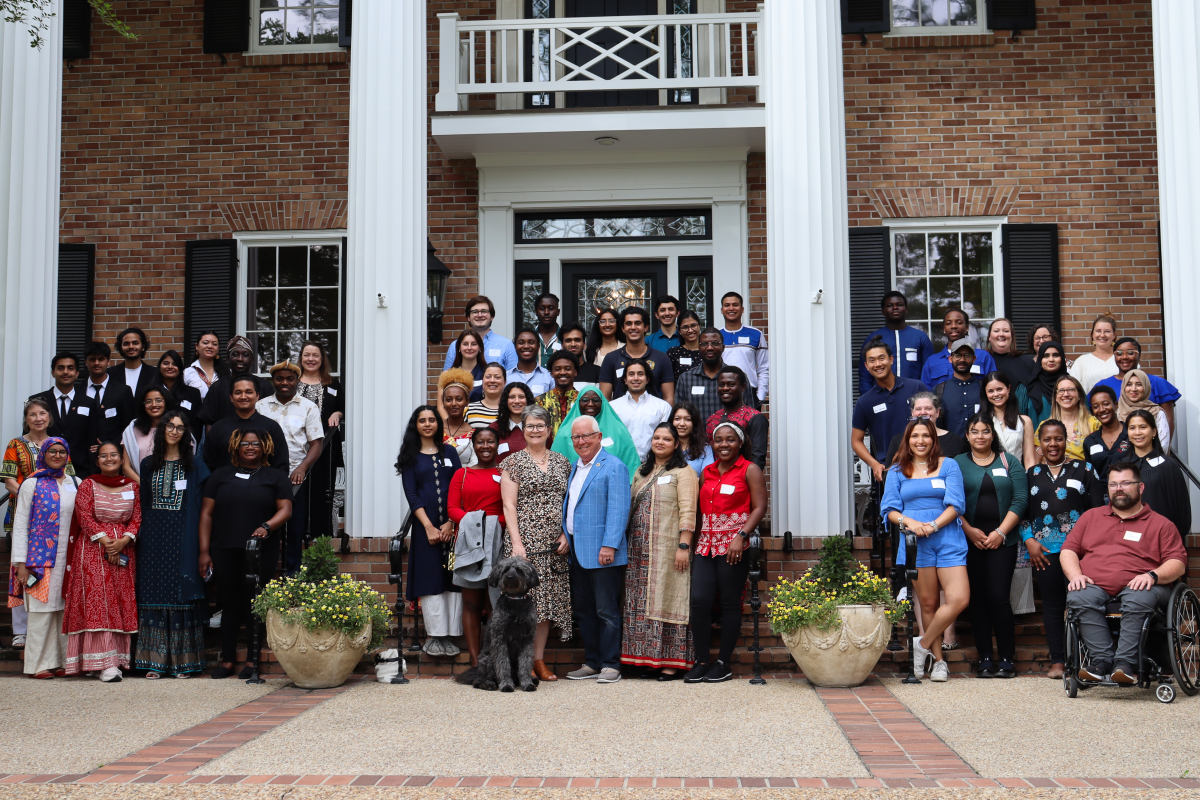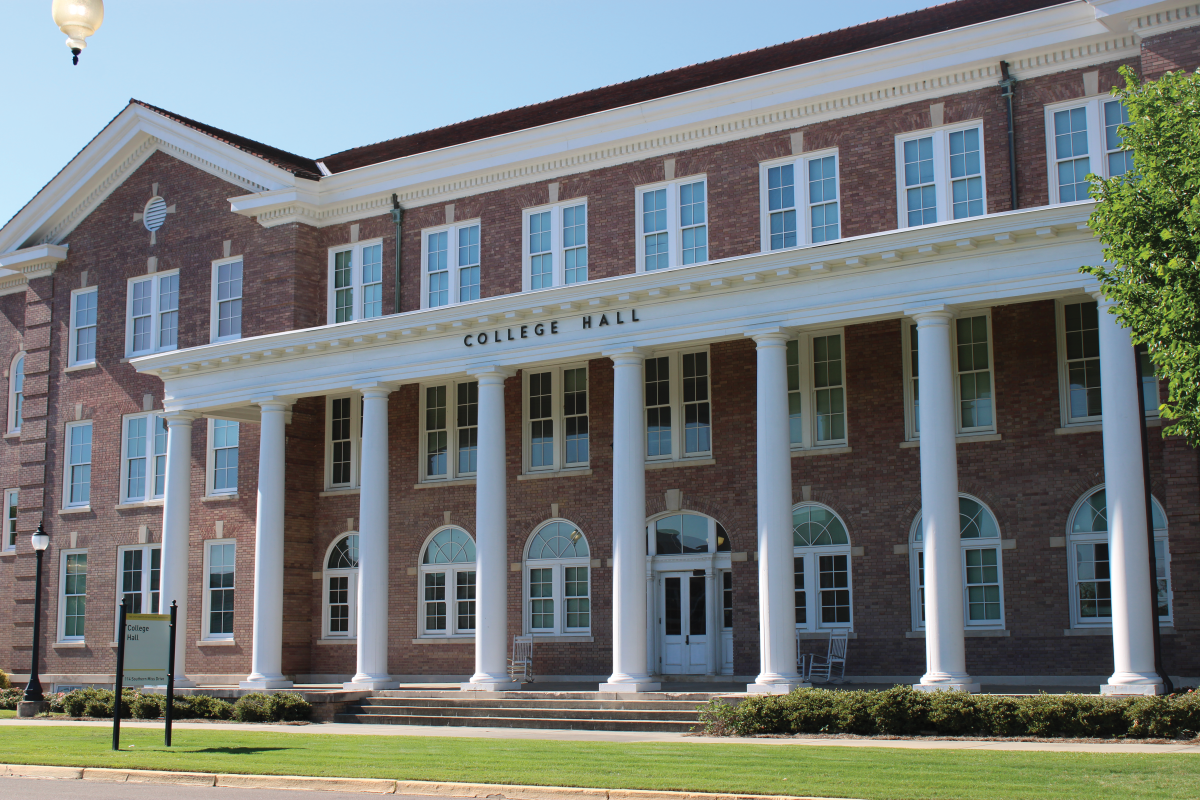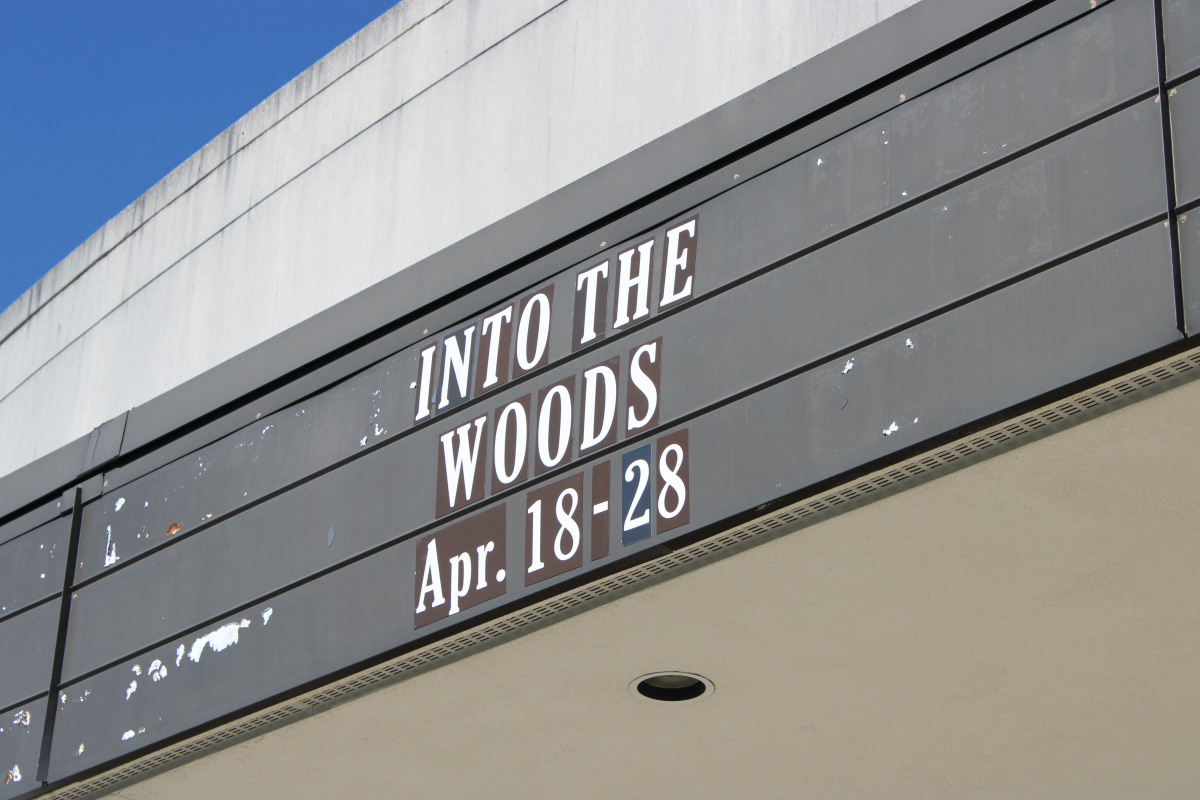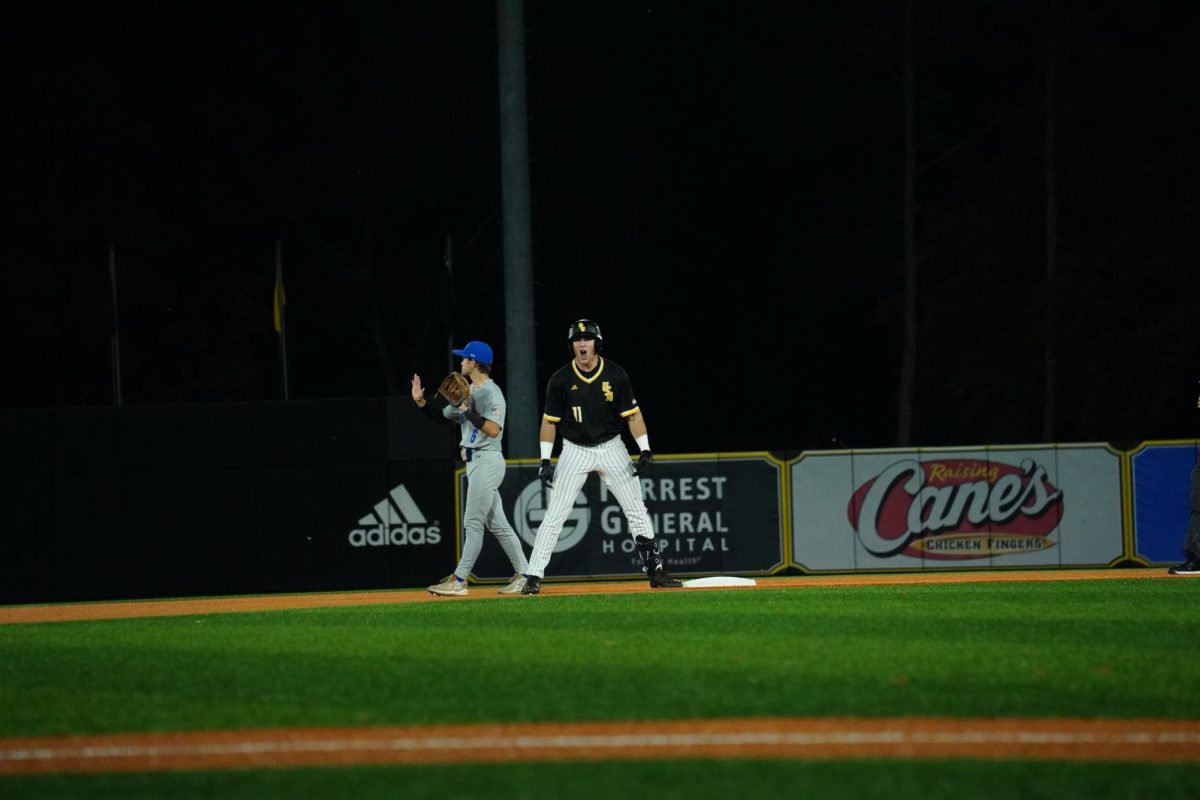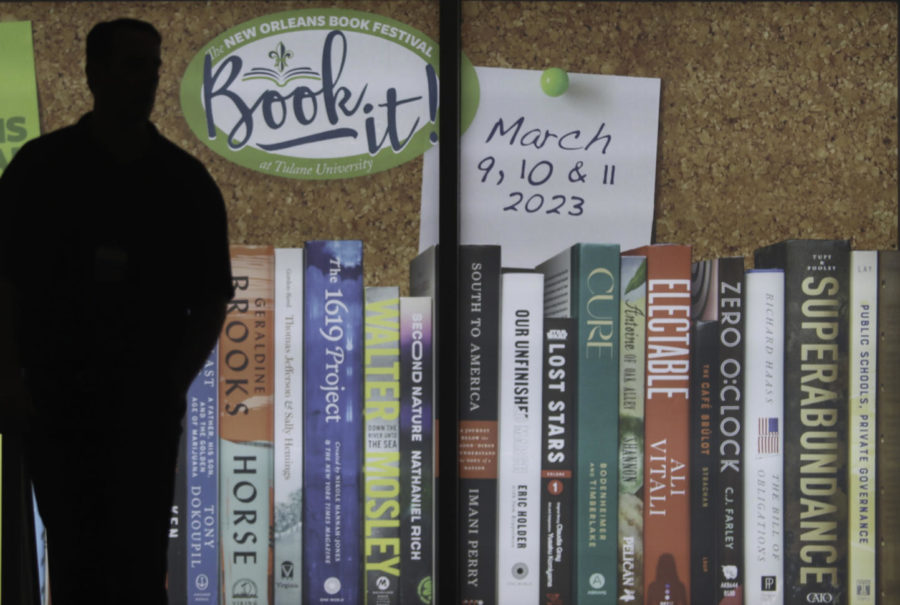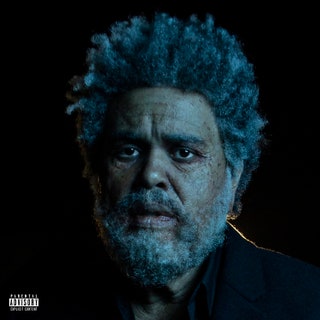Dave Grohl has long been known as a fantastically skilled and prolific musician since his big break with Nirvana’s second album “Nevermind” 24 years ago. Following Kurt Cobain’s death in 1994, Grohl recouped with his friend’s death by creating the Foo Fighters name in 1995, soon recruiting band members for live shows as well as later albums following the Foo Fighters’ debut album, in which Grohl recorded every instrument.
Today, we know that the Foo Fighters have experienced massive success and continued radio airplay with excellent singles such as “Everlong” and “Stacked Actors.” However, the band often took a very tame approach to many of their albums during the past decade, leading critics to occasionally accuse the group of a lack of willingness to innovate or experiment.
This viewpoint was challenged with 2011’s “Wasting Light,” which was hailed as a return to form of sorts for the Foo Fighters. The energy present in their earliest albums was back not only in their radio singles, but also the majority of the album. It raised questions of whether the the band would continue with another exceptionally strong album.
In the late months of 2014, we now have “Sonic Highways,” an ambitious album by Grohl and the rest of the band. Every song within the record was recorded in different studios across the United States, and each contains certain lyrical or musical themes of the cities which house those studios.
Grohl told Rolling Stone that “this album is instantly recognizable as a Foo Fighters record, but there’s something deeper and more musical to it. I think that these cities and these people influenced us to stretch out and explore new territory, without losing our ‘sound.’”
How well does his statement hold up? Is “Sonic Highways” a continuation of “Wasting Lights” excellence?
The answer, in short, is both yes and no. To its credit, many songs on “Sonic Highways” are very enjoyable, and it’s by no means an irritating listen, but in comparison to the Foo Fighters’ most-acclaimed work, it doesn’t quite hold up in the same manner.
Interestingly, Sonic Highways exhibits one feature which critics have used heavily against the band: heaps of experimentation. The elements of each city which are included across the album encompass the punk sounds of the East Coast to the country sensibilities of Nashville, Tennessee. Even the jazz sounds of New Orleans make an appearance.
These are all pieces stuck into the neat picture frame of the Foo Fighters sound, but some don’t quite work as well as others. And that is the most apparent problem with “Sonic Highways:” jagged and unfitting puzzle pieces of experimentation, possibly due to the short and arduous recording process for the album.
Regardless of the shortcomings, a large part of the album does hold up surprisingly well musically. The strong opener “Something from Nothing” plods along confidently with an interesting riff that sounds like it was nabbed and slightly tweaked from “Holy Diver,” which might have been a problem if “Something from Nothing” was not an excellent song.
In fact, many of the strengths of “Sonic Highways” lie in the first half of the album. The musical sensibilities of the East Coast and the Los Angeles-based “Outside” fall into line more easily with the typical Foo Fighters tone, which lends itself much better to rock and similar genres instead of the more ham-handed examples of experimentation.
“Feast and the Famine” is another especially strong track, which hammers along with an intensity generally comparable to punk rock. Truly, the areas where this album excels are oddly the areas in which the Foo Fighters don’t stretch its boundaries as heavily. This is not necessarily a bad thing, but it’s absolutely disappointing to see the more adventurous and perhaps grandiose parts of “Sonic Highways” falter in comparison to the more intense and straightforward rock-oriented songs.
The most prominent example of failed guest appearance experimentation to ‘grace’ “Sonic Highways” is the appearance of the Preservation Hall Jazz Band on the track “In the Clear.” The ‘jagged puzzle piece’ metaphor applies heavily here considering it almost feels as if the Foo Fighters weren’t exactly confident on how to fit the Preservation Hall sound within theirs comfortably or originally. The end result is a song where there is no jazz sound, and the band is simply backed by a few brass instruments for small sections without any more prominent or apparent guest contributions. A disappointing outcome considering the potential that could come from combining a heavy jazz sound with hard-rocking Foo Fighters sensibilities.
However, one area in which the experimentation succeeds is “Congregation,” where Zac Brown makes an admirable vocal guest appearance, and the band slightly tweaks their sound into the realm of country rock, creating a surprisingly enjoyable number highly fitting as a single.
At any rate, the disappointments inherent in “Sonic Highways” certainly do not outweigh the stronger songs present on the album. It is still a pleasant listen and worth the purchase for any Foo Fighters fan and maybe even the more casual listener. The biggest letdown is simply what could have been, but “Sonic Highways” still a relatively entertaining affair for a few full listens.



